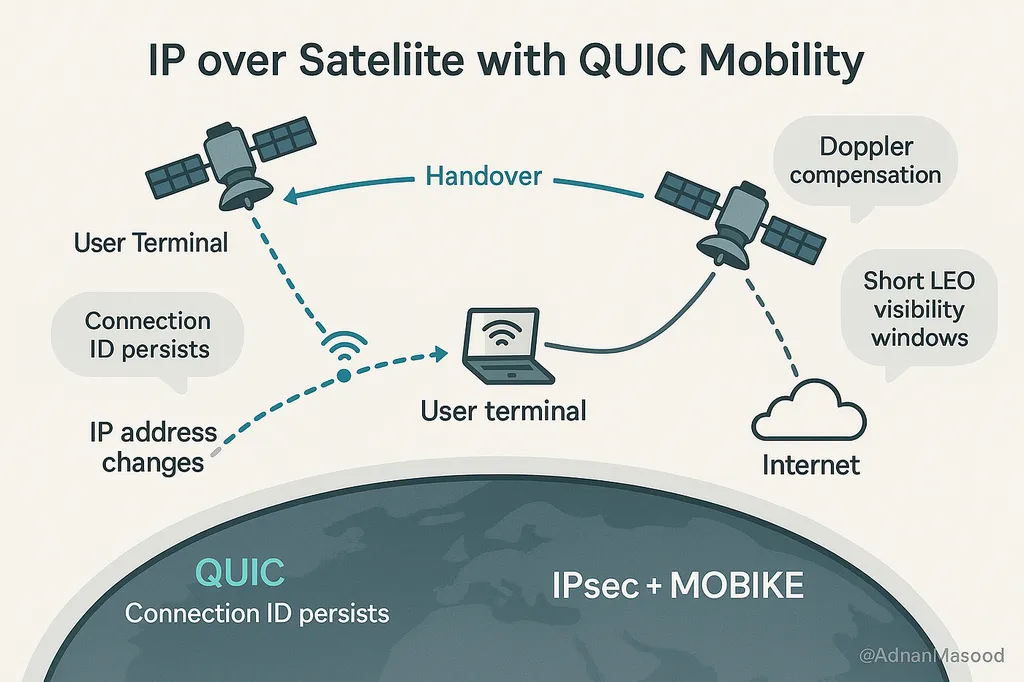Researchers from the Massachusetts Institute of Technology (MIT) have developed a novel approach to manage frequency allocation in multibeam satellite constellations, particularly for mobile users such as airplanes and ships. This research, led by Guillem Casadesus-Vila, Juan Jose Garau-Luis, Nils Pachler, Edward Crawley, and Bruce Cameron, addresses the growing demand for efficient satellite communications for mobile users, leveraging advanced digital payloads that offer flexible resource allocation.
The study focuses on the critical challenge of managing the frequency spectrum efficiently for mobile users, an area that has not been thoroughly explored. The researchers propose a dynamic frequency management algorithm based on linear programming. This algorithm assigns resources in scenarios with both fixed and mobile users by combining long-term planning with real-time operation. The approach includes different strategies: proactive strategies, which are rooted in robust optimization practices, and reactive strategies, which exploit a high degree of real-time control. This dual approach represents a trade-off between conservative long-term planning and the need for real-time reconfiguration.
To evaluate the performance of their method, the researchers simulated operational use cases of non-geostationary satellite constellations with varying levels of dimensionality and uncertainty. The simulations demonstrated that their method could serve over 99.97% of both fixed and mobile users in scenarios involving more than 900 beams. This high success rate underscores the effectiveness of the proposed algorithm in managing complex and dynamic user bases.
The study also discusses the trade-offs between the different strategies in terms of the number of served users, power consumption, and the frequency of operational changes required. By analyzing these trade-offs, the researchers provide valuable insights into optimizing frequency management for future satellite communications. This research not only advances the technical capabilities of satellite communications but also paves the way for more efficient and reliable services for mobile users in the maritime and aviation sectors. Read the original research paper here.

